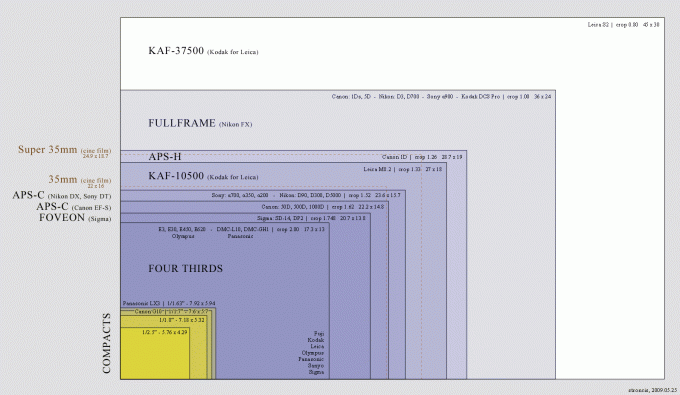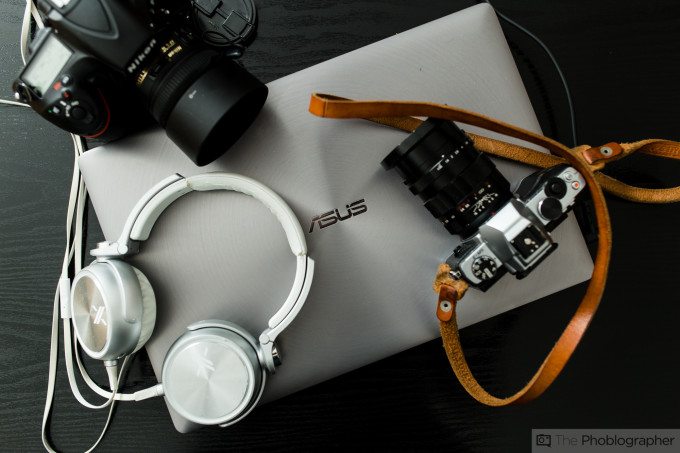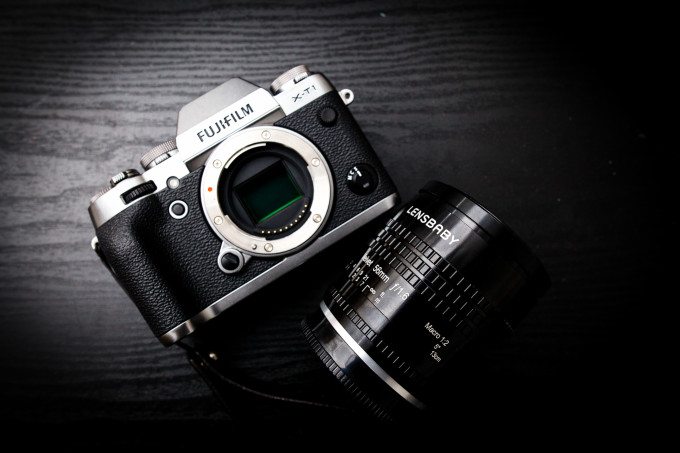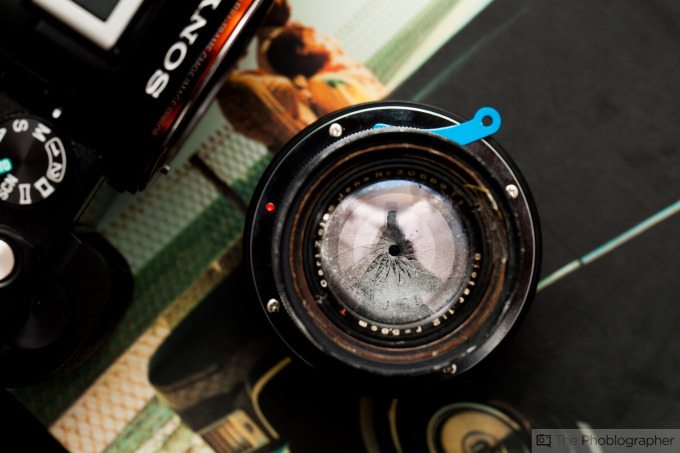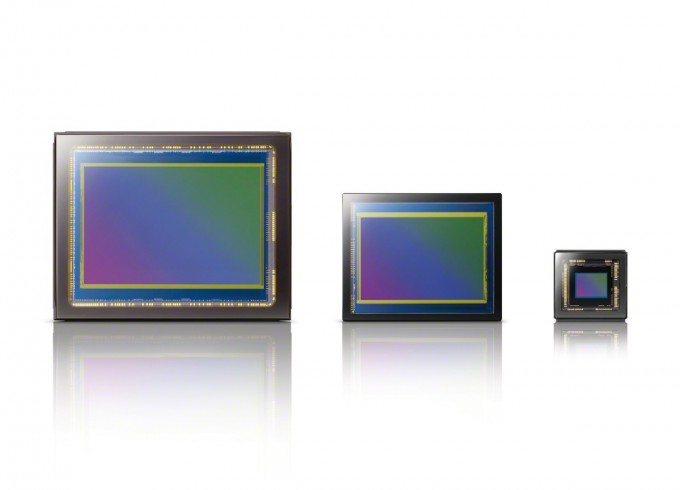
A blog post that published recently was the source of a bit of confusion for some, so we decided to explain how it all works. But when this subject is talked about, it is often talked about only in terms of full frame 35mm imaging sensors, APS-C sensors and Four Thirds sensors.
Crop factor and apertures/depth of field absolutely totally correlate in many ways and therefore also greatly affect the way that the image that you create will look. For many photographers, this is the biggest determining factor of the type of camera and sensor/film they will use.
Let’s start this off with this statement: A lens set to F2.8 on a full frame 35mm sensor will render the same depth of field as a lens set to f1.4 on a Micro Four Thirds camera.
Why? The reason for this has to do with crop factor. Being that the standard is based on 35mm in the first place, we know that Four Thirds sensors work at a 2x crop factor. What that means is that a 50mm lens on a Micro Four Thirds cameras will render the equivalent field of view of a 100mm lens on a full frame 35mm camera.
How do you figure this out? In the same way that you figure out the focal length by multiplying by two, you divide the aperture by two in this case or multiply it. That is to say that 2.8 divided by 2 is 1.4 and vice versa involving multiplication.
Dont’ believe us? Check out this quick test we did a while back. And if you’re more interested in crop factor, you can read up more about it here.
Before we go on though, you should note that this doesn’t affect exposures. F2.8 on a full frame, medium format, or point and shoot camera will still gather the same amount of light. The only thing that changes is the depth of field equivalency.
So what about for APS-C sensors? Most of the industry with the exception of Canon follows the 1.5x crop standard, so we’re going with that. f1.4 from a Fujifilm lens will render the equivalent depth of field of f2.1 on a full frame camera. Again, it’s about multiplication.
Now let’s go even smaller, let’s go down to 1 inch sensors which have a 2.7x crop factor. f1.4 from a lens on a 1 inch sensor will render an equivalent depth of field of f3.7 on a full frame 35mm camera.
Again, the actual exposures of 1/250th at f4 and ISO 100 will all be rendered the exact same on all cameras no matter what.
Still don’t believe us? Alright, let’s go bigger. According to Pentax Forums, the crop factor from 645 medium format to APS-C is approximately 2.4x.
More specifically, we’re going to cite a chart from Ken Rockwell.
|
645 Lens
|
35mm Equivalent
|
|
21mm
|
|
|
45mm
|
28mm
|
|
55mm
|
35mm
|
|
45mm
|
|
|
80mm
|
50mm
|
|
75mm
|
|
|
135mm
|
85mm
|
|
140mm
|
87mm
|
|
90mm
|
|
|
200mm
|
125mm
|
|
300mm
|
180mm
|
|
400mm
|
250mm
|
|
600mm
|
375mm
|
This makes so much sense because for those of us who shoot medium format, we know that an 80mm lens is around the normal field of which, which is the equivalent of 50mm in 35mm full frame cameras. Medium format works in a reverse crop factor.
So what if you take a medium format lens and adapt it to 35mm sensor? Or what if you take a lens designed for a 35mm film plane and put it on a Micro Four Thirds camera? The lens above is a Zeiss 58mm f2 Biotar Jena. It was designed for Exakta mount cameras which were 35mm film based. If you put in on a Micro Four Thirds sensor (and I’ve done this) the f4 open aperture will have a depth of field equivalent fo f4 and with a field of view of 116mm due to the crop factor.
Again, the same principles apply here.
Crop factors are very straight forward–especially when it comes to point and shoot cameras. Manufacturers will tell you that at f1.8 you’ll be able to get a beautiful blurry background with their very small sensor camera. However, this is only true at macro ranges. Otherwise, everything will pretty much be in focus because the sensor is so darn small.
Let’s think about this and apply it to something else: phones these days usually have a camera with a f2 aperture but nearly everything is always in focus unless you’re very close to the subject. Why? It has to do with the crop factor. Even if you choose to adapt a camera lens designed for 35mm film to a phone, you’ll get an insane crop factor and the depth of field equivalency/what’s in focus will still be very intensely deep.


